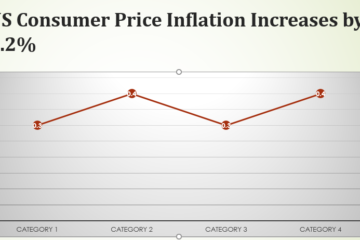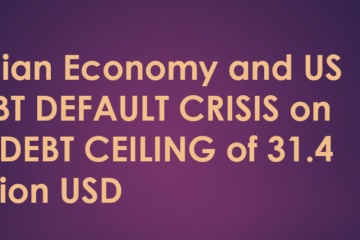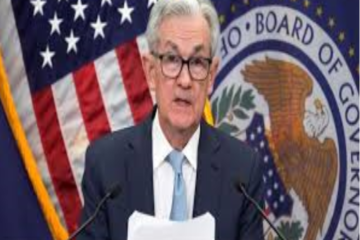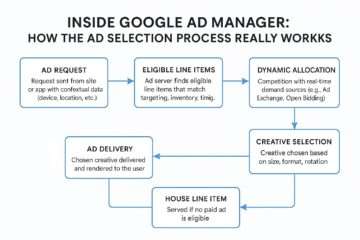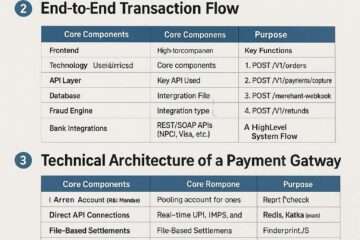
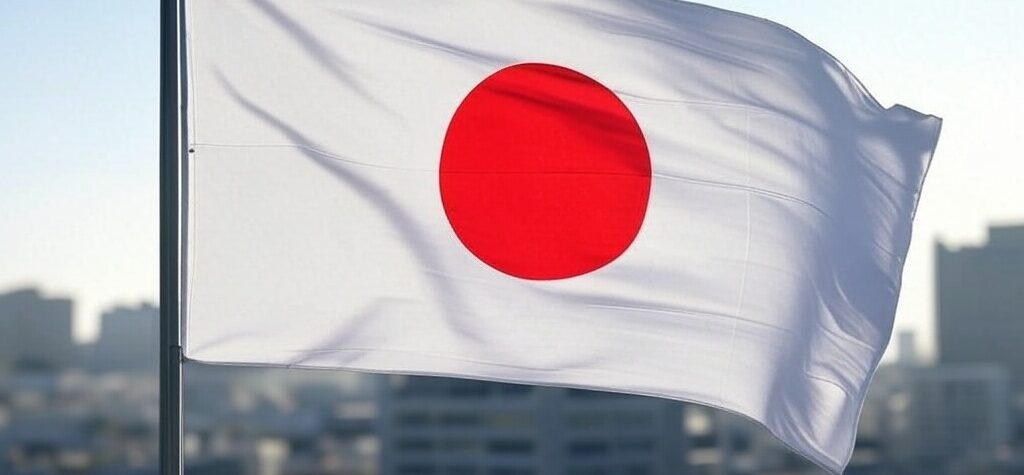
The Japan Stock Exchange Nikkei 225 futures trading suspended by circuit breaker sent shockwaves through global markets. The suspension, triggered by a sharp 7.35% drop in the Nikkei 225 index during early Tokyo trading, marks a critical moment amid escalating economic tensions. This article explores the reasons behind this suspension, its ties to the Trump tariff war with China, and what the future holds for Japan’s financial markets.
What Happened: Nikkei 225 Futures Trading Halted
The Japan Stock Exchange, specifically the Osaka Exchange (part of the Japan Exchange Group or JPX), halted Nikkei 225 futures trading on Monday morning after a circuit breaker was triggered. According to reports, this followed a 7.35% plunge in the Nikkei 225 index, compounding a 2.75% drop from the previous Friday. The circuit breaker, a regulatory mechanism, pauses trading to curb panic selling during extreme volatility. This halt came as global markets, including the Dow Jones and S&P 500 futures (down 4% each), braced for a potential ‘Black Monday’—a term echoed by market analyst Jim Cramer on CNBC, warning of a severe market crash.
Why Was Nikkei 225 Futures Trading Suspended by Circuit Breaker?
The Japan Stock Exchange Nikkei 225 futures trading suspended by circuit breaker event was driven by several interconnected factors, largely tied to global economic pressures:
- Trump’s Tariff War with China: The primary catalyst is U.S. President Donald Trump’s “Liberation Day” tariff announcement on April 2, 2025, which imposed a 10% baseline tariff on all imports and up to 54% on Chinese goods. China retaliated with 34% tariffs on U.S. imports, escalating the trade war. Japan, heavily reliant on exports to both the U.S. and China, felt the ripple effects. Posts on X noted the Nikkei 225’s suspension as a direct response to this tariff-driven global market turmoil.
- Global Market Sell-Off: The Dow Jones saw back-to-back losses exceeding 1,500 points, with a 2,231-point drop on Friday—the largest in its history. This global sell-off, fueled by fears of a U.S. recession (with J.P. Morgan estimating a 60% chance by year-end), dragged Asian markets down. South Korea’s Kospi fell 4.8%, and Japan’s Nikkei 225 bore the brunt with its 7.35% decline, triggering the circuit breaker.
- Circuit Breaker Mechanism: The JPX employs circuit breakers to stabilize markets during extreme volatility. For Nikkei 225 futures, the price limit range is ±8% of the reference price (e.g., if the reference price is JPY 28,780, the limit is ±JPY 2,300). When prices breach this threshold, trading halts for a cooling-off period—typically 10 minutes—allowing investors to reassess and prevent a free fall.
- Yen Volatility and Export Sensitivity: Japan’s export-driven economy is sensitive to currency fluctuations. The yen strengthened as investors sought safe-haven assets amid the tariff war, hurting Japanese exporters like Toyota and Honda, key Nikkei 225 constituents. This currency pressure exacerbated the index’s decline, contributing to the circuit breaker trigger.
Possible Reasons for the Market Volatility
Beyond the immediate triggers, deeper structural and geopolitical factors are at play:
- Trade War Fallout: Japan, as a major trading partner to both the U.S. and China, faces collateral damage. The Nikkei 225, a price-weighted index of 225 top Japanese companies, includes export-heavy firms like Nissan and Subaru, which suffer from reduced U.S. and Chinese demand due to tariffs.
- Bank of Japan’s Role: Historically, the Bank of Japan (BOJ) has propped up the Nikkei 225 through massive ETF purchases—owning 75% of Japanese ETFs by 2017. However, with global markets in turmoil, the BOJ’s ability to stabilize the market is strained, especially as its monetary stimulus measures face limits.
- Investor Sentiment: Fear of a global recession, amplified by Trump’s tariffs, has led to panic selling. The Nikkei 225’s volatility isn’t new—it dropped over 10% after the 2011 earthquake and hit a post-bubble low of 6,994.90 in 2008. However, the current decline reflects broader systemic fears rather than a Japan-specific crisis.
Future Outlook: What’s Next for the Nikkei 225 and Japan Stock Exchange?
The Japan Stock Exchange Nikkei 225 futures trading suspended by circuit breaker event signals a turbulent road ahead, but several scenarios could unfold:
- Short-Term Volatility: Trading resumed after the 10-minute halt, but the Nikkei 225 may face continued pressure as global markets react to the U.S.-China trade war. If China’s markets, reopening after an extended weekend, drop sharply (as expected with Beijing’s 34% tariffs), the Nikkei could see further declines, potentially triggering additional circuit breakers.
- Long-Term Economic Impact: A prolonged trade war could shrink Japan’s export market, slowing GDP growth. The Nikkei 225, which hit a 34-year high above 38,915 in 2024, might retreat to 2021 levels (around 30,000) if recession fears materialize. However, Japan’s pivot to domestic consumption and trade with the EU and ASEAN could mitigate some losses.
- Policy Responses: The BOJ may intensify ETF purchases or adjust interest rates to stabilize markets, though its capacity is limited. Japan’s Prime Minister has signaled efforts to negotiate lower U.S. tariffs, but as one X post noted, results “won’t come overnight.”
- Global Market Influence: The Nikkei 225’s future hinges on U.S. and Chinese policy moves. If Trump uses tariffs as leverage for a deal with China—potentially on trade or fentanyl—the Nikkei could rebound. Conversely, a deeper global recession could drag the index lower, testing its post-bubble low.
Conclusion: Navigating the Nikkei 225 Futures Suspension
The Japan Stock Exchange Nikkei 225 futures trading suspended by circuit breaker on April 7, 2025, underscores the fragility of global markets amid the Trump tariff war with China. While the circuit breaker provided a brief pause, the underlying issues—trade tensions, yen volatility, and recession fears—persist. Investors should brace for short-term turbulence but watch for policy shifts from the BOJ and potential U.S.-China negotiations that could stabilize the Nikkei 225 in the long term. As global trade dynamics evolve, Japan’s financial markets will remain a critical barometer of economic health in 2025 and beyond.



















































